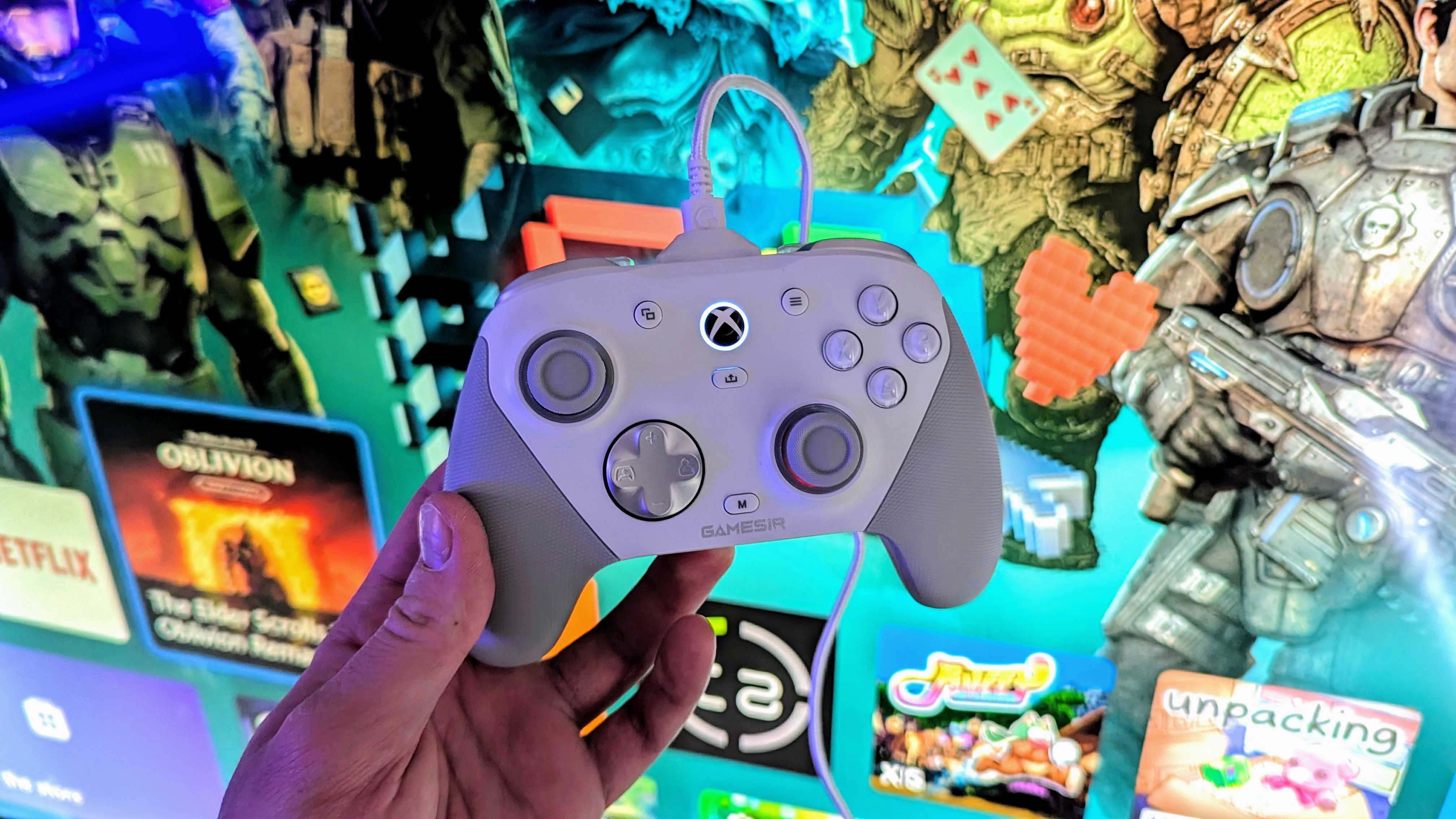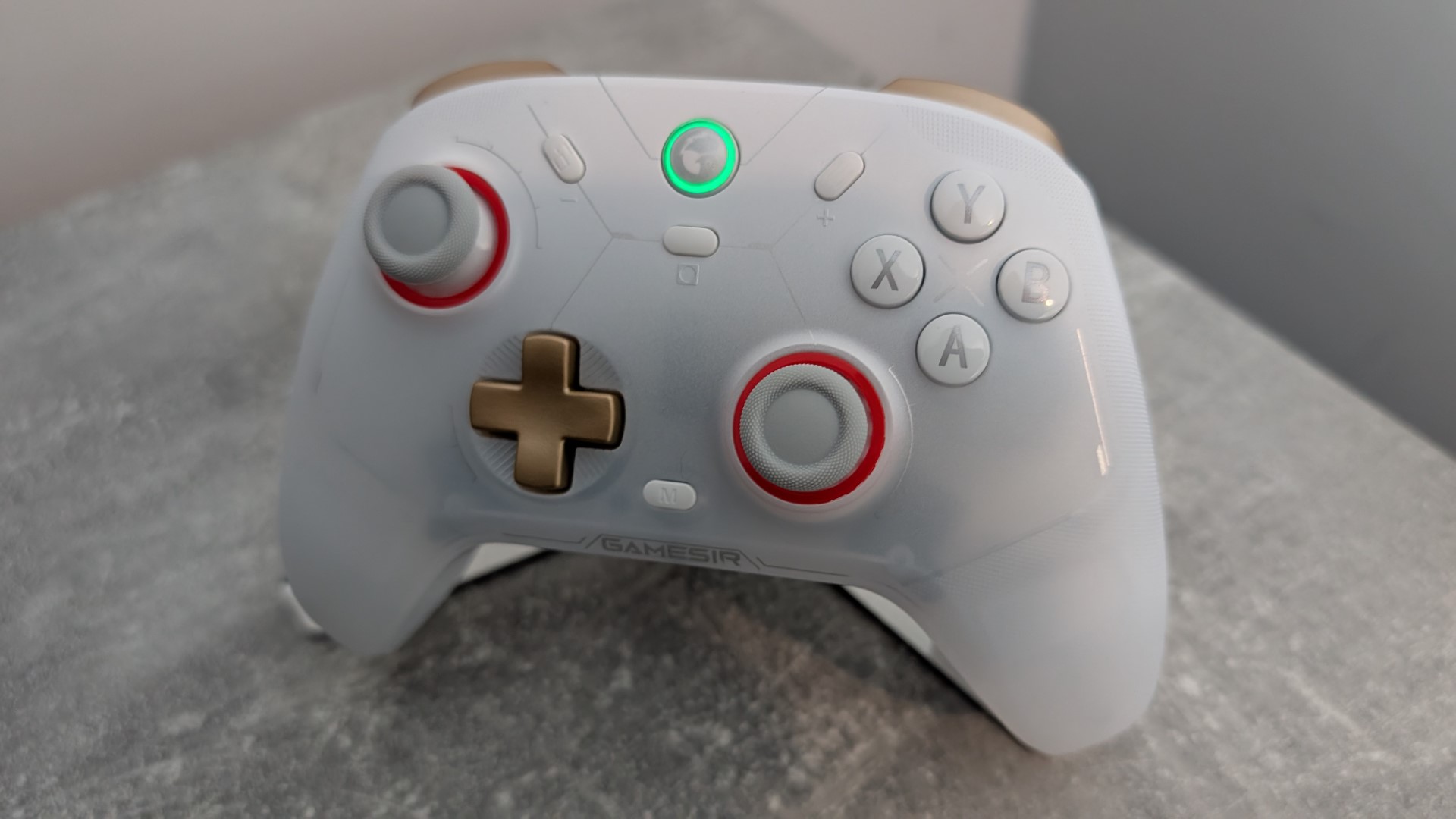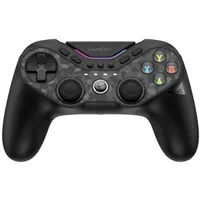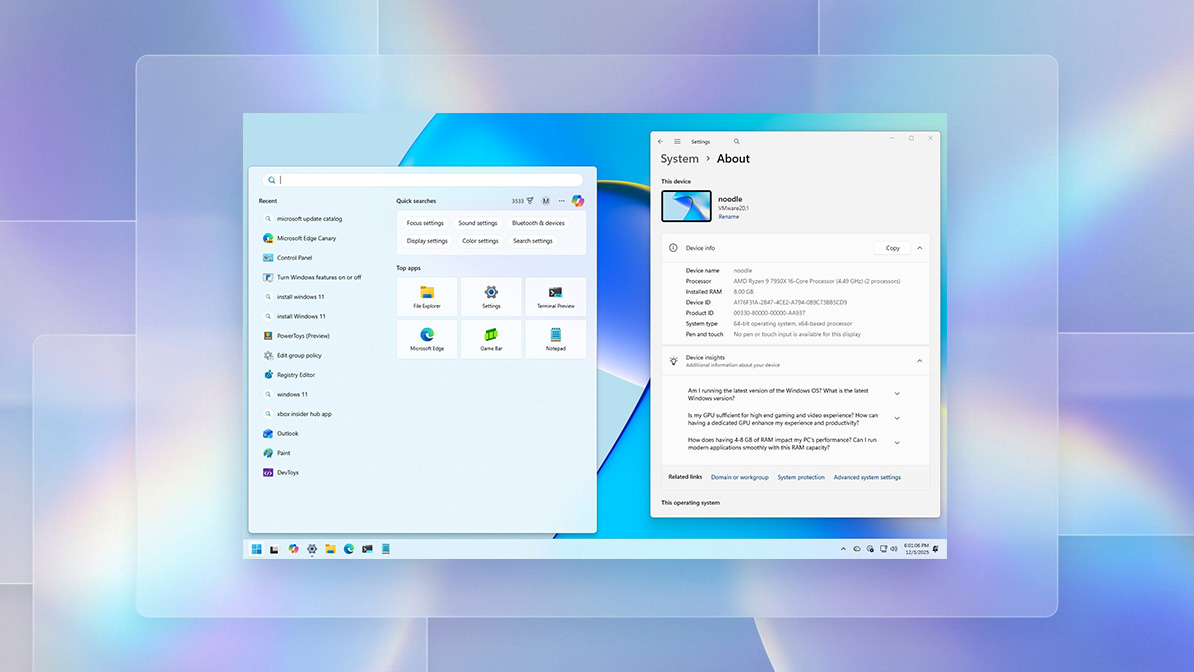What are "TMR" sticks, and do you really need them in a controller?
Just got used to Hall Effect, now controllers are including Tunneling Magnetoresistance, but what is it?
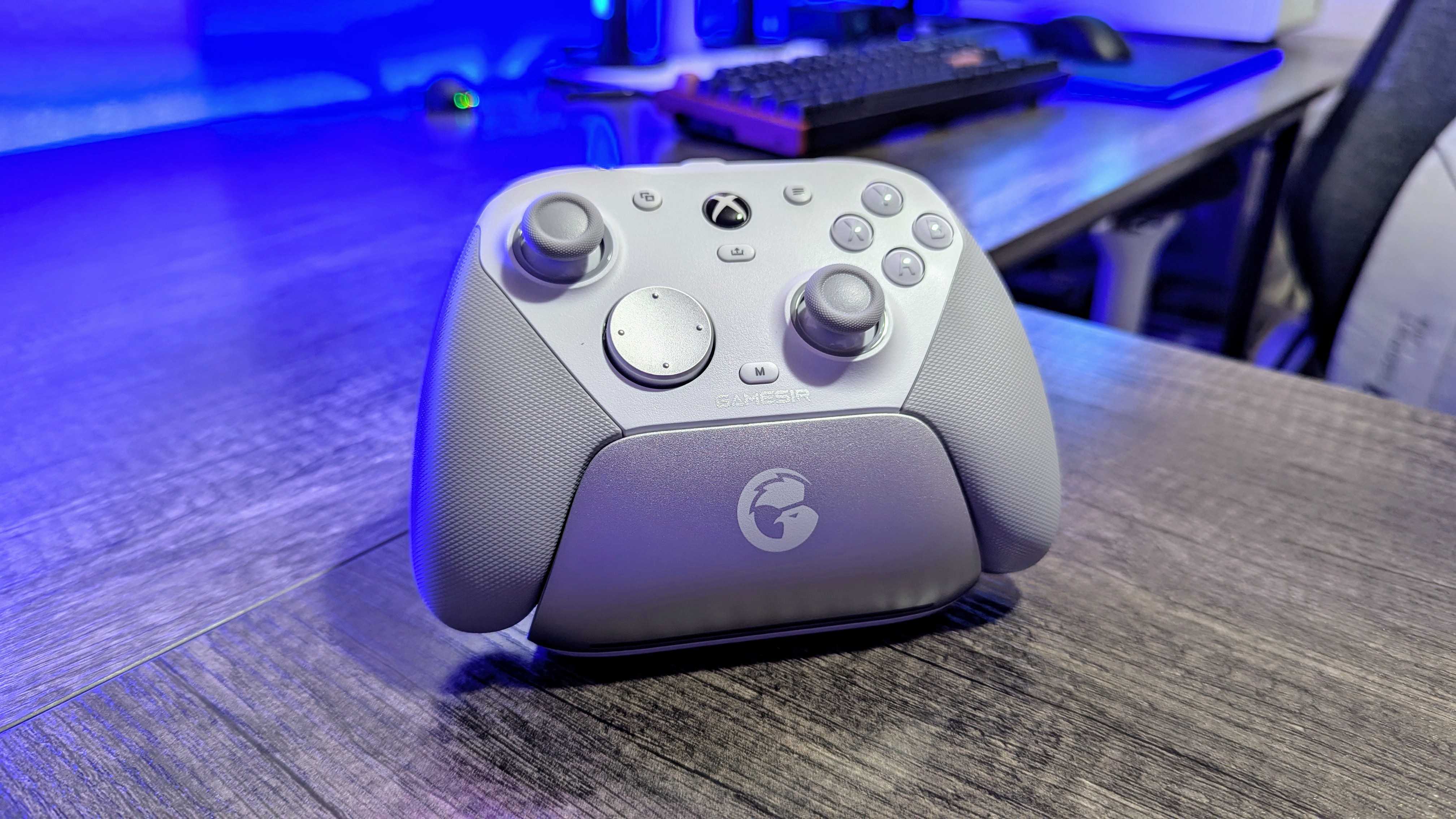
Every so often, a new term sneaks into controller specs that makes even controller collectors like me pause and squint. The latest buzzword is TMR, short for Tunneling Magnetoresistance. It might sound like something salvaged from the Roswell crash, but it’s actually a new magnetic sensing technology used in controller sticks, and many brands are starting to use it.
You’ve probably only just gotten familiar with Hall Effect joysticks and their promise of ending stick drift, now along comes TMR, touted as the next step forward in precision. So what exactly is it, how does it differ from Hall Effect, and do you really need it in your controller?
What are TMR sticks?
TMR stands for Tunneling Magnetoresistance, and that's the last time I'm going to type that in full. TMR is another form of contactless magnetic sensing, so it operates just like Hall Effect, but it works a little differently under the hood.
Instead of detecting magnetic fields through voltage changes (as Hall Effect does), TMR sensors measure changes in electrical resistance caused by magnetic fields. This difference allows TMR sensors to pick up even tinier movements and deliver more precise readings.
TMR technology itself isn’t actually all that new. It dates back to the good old 1990s, when it was used for magnetic hard drives, and it’s been in industrial sensors and the automotive industry for years, but it’s only recently made its way into gaming controllers thanks to falling costs and smaller components. Basically, scientists figured out how to miniaturize these sensors, and now every Call of Duty sweat can benefit.
How are TMR sticks different from Hall Effect?
You could think of Hall Effect as the first major leap forward from analog, and TMR as the next evolution. Both eliminate physical contact, which means no stick drift and a much longer lifespan. But TMR takes it up a notch in a few ways. TMR has higher sensitivity because it detects smaller stick movements, so it's great for racing games or shooters where precision matters.
There's also a lower power draw to consider, as TMR sticks are more energy-efficient, which is particularly important for wireless controllers and gaming handhelds.
There are 3 stick types you'll find in a controller, listed in order of precision (aka most fancy):
- Analog which relies on physical friction and wears down
- The Hall Effect, which uses magnets and voltage changes
- TMR which measures resistance instead of voltage
TMR sticks are also more stable over time. They tend to stay perfectly centered with virtually no dead zone, even after heavy use. Of course, all of that comes at a price. TMR sensors cost more to produce, which is why most mainstream controllers still stick (no pun intended) with Hall Effect or traditional analog parts.
Which controllers actually use TMR sticks?
As of now, only a handful of controllers have adopted TMR technology, with no Xbox wireless console-compatible models yet, but there are a few options if you play on a Windows PC or Nintendo Switch (or dock your gaming handheld to the TV).
First off, though, if you don't mind playing with a wire, there's the GameSir G7 Pro that is compatible with Xbox. It's pricier than GameSir's other options but comes with rubber grips, swappable faceplates, micro switch buttons, and a charging stand for playing wirelessly (on other platforms).
If you game primarily on PC, and you have money to burn, the Razer Wolverine V3 8K is even better.
"The GameSir G7 Pro is a fantastic controller, especially for just $80. You're getting an excellent core gaming experience bolstered by more features than you can shake a stick at, and wireless connectivity with ALMOST everything" — Zachary Boddy
GameSir G7 Pro Review ⭐⭐⭐⭐1/2
This isn't just a TMR controller; it's a Razer TMR controller, so it will cost you. However, it's already being touted as the best controller in the business, so if money is no object and you want swappable thumbsticks, 8KHz hyperpolling rate, and ridiculously good mouse-click buttons on the rear, this is worth a look. The hall-effect version of this controller reviewed well with our editor, and I've no doubt the TMR version will turn the dial up to 11.
Razer Wolverine V3 Pro review ⭐⭐⭐⭐ 1/2
The most affordable I can recommend would be the GameSir Cyclone 2, and bonus points if you can pick it up as a bundle with the magnetic charging stand. It's a standout that leans into the ultra-smooth motion you'd expect from TMR sticks, and battery life is fantastic. It's only around $55 with the charging stand, but it often gets put on sale, so keep an eye out if you want to shave another $10 off.
With that aforementioned TMR technology that's even more advanced, this is an incredibly good value controller for PC with sticks that won't let you down. You can purchase without the magnetic stand to save $10 but for the sake of a few dollars I think it's worth the nicer presentation. Has a 1000 Hz polling rate for ultra-fast responses when used with a wire.
Another option for those who want a multi-use controller for Switch and PC is the GameSir Tarantula Pro, which also includes a nifty feature that lets you change the order of the ABXY buttons.
A multi-platform controller compatible with Windows PC and Switch, which also lets you change your ABXY configuration at the touch of a button. Featuring GameSir's mag-res TMR sticks, a whopping 9 remappable buttons and 1000Hz polling rate when used in wired mode.
Whichever you choose, a good TMR controller should feel buttery smooth and frictionless when using the sticks. While I've used more luxury options like the PB Tails range, the implementation of the tech in both the high-end controllers and these GameSir options is great.
What gaming handhelds have TMR sticks?
To date, there aren't any gaming handhelds that have implemented TMR technology, which is disappointing given the opportunity to save on battery life in comparison to Hall Effect. Still, many manufacturers are yet to even jump on the Hall Effect train.
There are still only a handful of gaming handhelds that use Hall Effect, namely the Lenovo Legion Go, the Lenovo Legion Go 2, and the Lenovo Legion Go S. I'm sensing a theme...
Can I install TMR sticks myself?
There aren't as many kits available for controllers and handhelds, but Gulikit does sell a kit to swap out the Xbox Series S|X and Elite controllers in favor of TMR. It's not a straightforward repair, however, and soldering is required, so approach with caution.
Do I really need a controller with TMR sticks?
In short, not necessarily. You’ll absolutely benefit from the durability and precision, but Hall Effect is already a massive leap over analog and perfectly fine for most players.
If you don't play a lot of competitive shooters or racing games, then shelling out for a TMR controller is likely completely unnecessary for you. However, if you’ve ever replaced a controller because of drift, or if you’re sensitive to dead zones and fine aim adjustments, TMR tech is worth paying attention to.
TMR is the kind of upgrade that makes sense if you’re already into premium controllers and want the latest tech edge, but it’s not something you need to enjoy gaming. If you are paying for a controller advertised as 'pro', it’s fair to expect cutting-edge internals that actually last, so it's certainly something to be looking for on a spec list, but that's it.
Right now, TMR sits where Hall Effect was a few years ago. It's niche and a little expensive, but it's gaining traction. As manufacturing costs drop, it’s likely we’ll see more mid-range controllers adopting it, and hopefully more so in the handheld market, where power efficiency is crucial. If we’re lucky, one day the big brands will make it standard (but I can predict that Xbox will be last to the table!)

Follow Windows Central on Google News to keep our latest news, insights, and features at the top of your feeds!

Jen is a News Writer for Windows Central, focused on all things gaming and Microsoft. Anything slaying monsters with magical weapons will get a thumbs up such as Dark Souls, Dragon Age, Diablo, and Monster Hunter. When not playing games, she'll be watching a horror or trash reality TV show, she hasn't decided which of those categories the Kardashians fit into. You can follow Jen on Twitter @Jenbox360 for more Diablo fangirling and general moaning about British weather.
You must confirm your public display name before commenting
Please logout and then login again, you will then be prompted to enter your display name.
